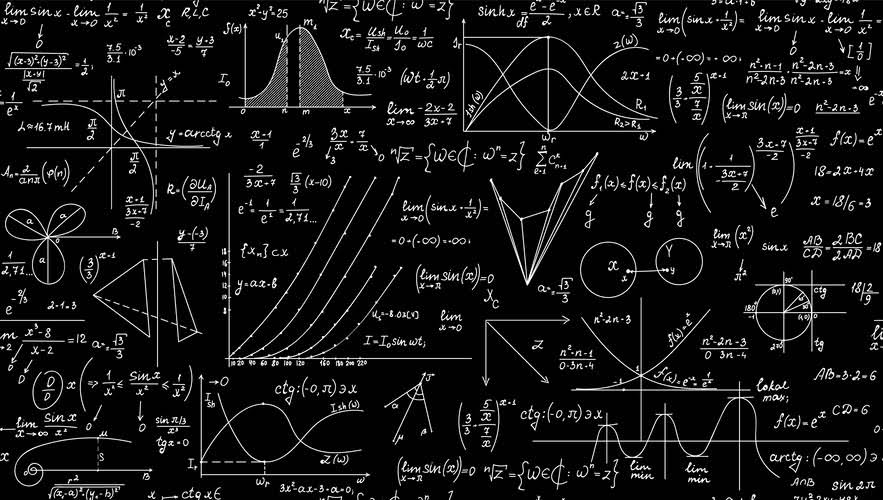
By understanding the best ways to report the depreciation of business assets, you’ll improve the transparency of your business finances and the utility and predictive power of the data. Your business can make better decisions when you understand the financial status of assets. Recording accumulated depreciation is a systematic process that ends up on the balance sheet. This is recorded as a contra-asset account, which is an account that offsets the value of a related asset account.
DOD Makes Audit Progress, But Much More Needs to Happen, Official Says – Department of Defense
DOD Makes Audit Progress, But Much More Needs to Happen, Official Says.
Posted: Wed, 16 Nov 2022 08:00:00 GMT [source]
It is important to note that an asset’s book value does not indicate the vehicle’s market value since depreciation is merely an allocation technique. Calculate the accumulated depreciation and net book value of the equipment at the end of the third year. It will have a book value of $100,000 at the end of its useful life in 10 years.
What is an Example of Accumulated Depreciation?
Accumulated depreciation is found on the balance sheet and explains the amount of asset depreciation to date compared to the “original basis,” purchase price, or original value. You calculate it by subtracting the accumulated depreciation from the original purchase price. Accumulated depreciation is an accounting formula that you can use to calculate the losses on asset value.
Accumulated depreciation is a credit balance on the balance sheet, otherwise known as a contra account. It is the total amount of an asset that is expensed on the income statement over its useful life. Accumulated depreciation is the total amount of deprecation that has been charged to-date against an asset. It is stored in the accumulated depreciation account, which is classified as a contra asset. This account is paired with and offsets the fixed assets line item in the balance sheet, and so reduces the reported amount of fixed assets. This account has a natural credit balance, rather than the natural debit balance of most other asset accounts.
Depreciation and Taxes
So to find the accumulated depreciation AD, we need to sum the total depreciation expense from each year. Hence, the amount of accumulated depreciation at the end of the third year is $3,000 which will be included in the balance sheet as the contra account for the cost of equipment. Likewise, the net book value of the equipment is $2,000 at the end of the third year. For example, if an asset has a five-year usable life and you purchase it on January 1st, then 100 percent of the asset’s annual depreciation can be reported in year one. However, if you buy the same asset on July 1st, only 50 percent of its value can be depreciated in year one (since you owned it for half the year). Proration considers the accounting period that an asset had depreciated over based on when you bought the asset.
Say that five years ago, you dedicated a room in your home to create a home office. You estimate the furniture’s useful life at 10 years, when it’ll be worth $1,000. For the past 52 years, Harold Averkamp (CPA, MBA) hasworked as an accounting supervisor, manager, consultant, university instructor, and innovator in teaching accounting online. Learners are advised to conduct additional research to ensure that courses and other credentials pursued meet their personal, professional, and financial goals.
Accumulated Depreciation vs. Accelerated Depreciation
They include straight-line, declining balance, double-declining balance, sum-of-the-years’ digits, and unit of production. We’ve highlighted some of the basic principles of each method below, along with examples to show how they’re calculated. The double-declining balance, often known as accelerated depreciation, uses a formula to accumulated depreciation: double the depreciation rate and maintain it for the asset’s depreciation period until it reaches the salvage value. The company records depreciation expenses as the asset experiences wear and tear over time, leading to a decrease in value. These depreciation expenses find their place in the “Accumulated Depreciation” account.
- It is important to note that an asset’s book value does not indicate the vehicle’s market value since depreciation is merely an allocation technique.
- Start with a free account to explore 20+ always-free courses and hundreds of finance templates and cheat sheets.
- So, the accumulated depreciation for the equipment after 3 years would be $6,000.
- As noted above, businesses use depreciation for both tax and accounting purposes.
- On top of that, the people running the show might have a say in estimating useful life and salvage value, which could affect how much we show for depreciation expenses.
- Assets encompass a wide range of items, including cash, property, equipment, investments, and more.
Hence, the credit balance in the account Accumulated Depreciation cannot exceed the debit balance in the related asset account. The company can make the accumulated depreciation journal entry by debiting the depreciation expense account and crediting the accumulated depreciation account. Assets often lose a more significant proportion of its value in the early years of its service than in its later life. You can account for this by weighting depreciation towards the initial years of use.
We’re firm believers in the Golden Rule, which is why editorial opinions are ours alone and have not been previously reviewed, approved, or endorsed by included advertisers. Accumulated Depreciation has implications for tax reporting and financial regulations. These regulations can be complex and may vary by jurisdiction, adding another layer of complexity to its use and interpretation. We do not manage client funds or hold custody of assets, we help users connect with relevant financial advisors.


